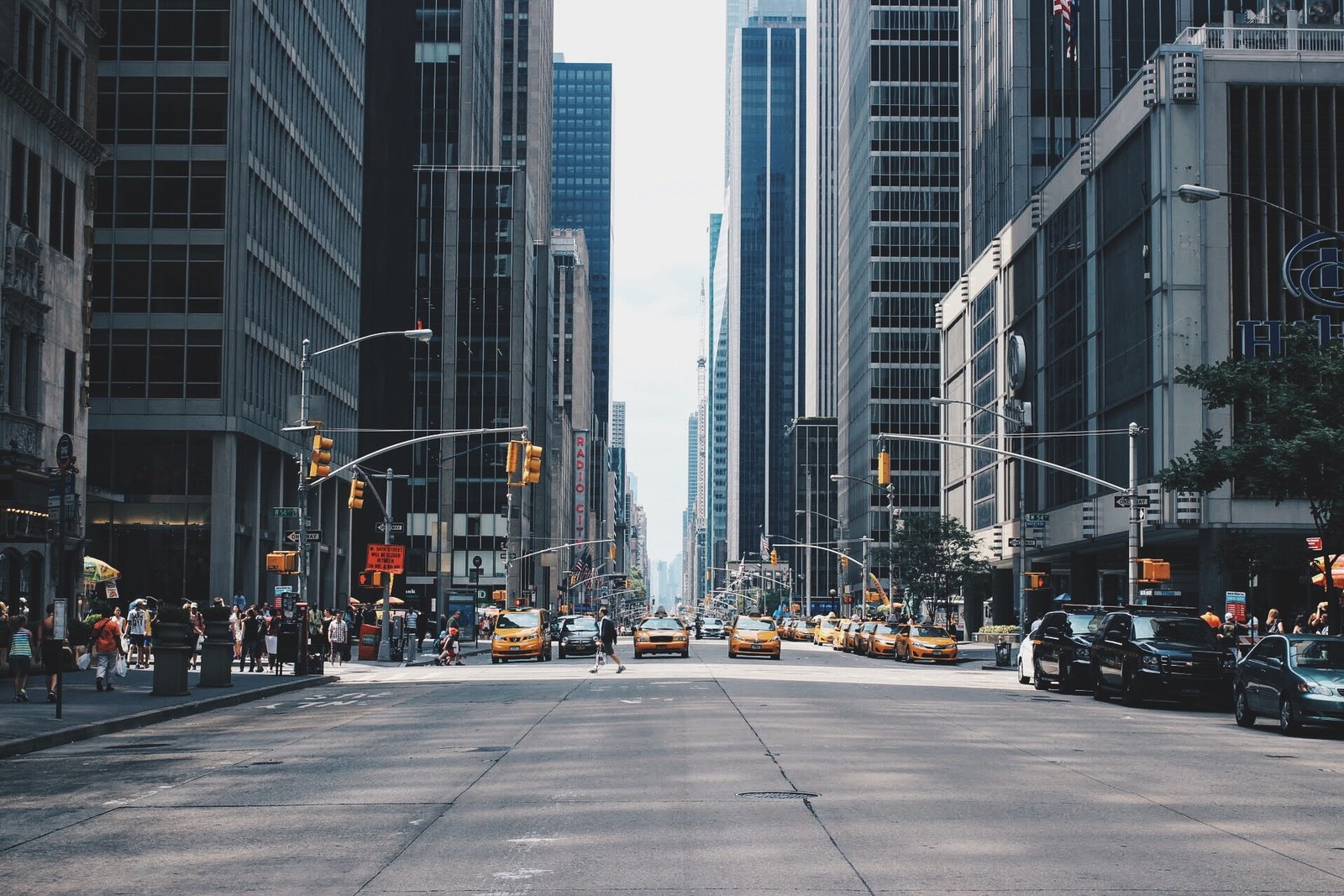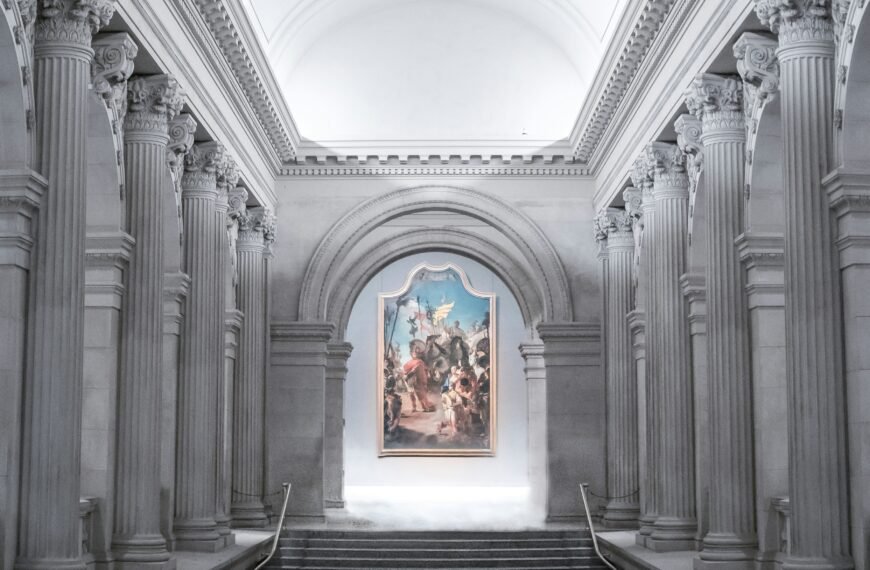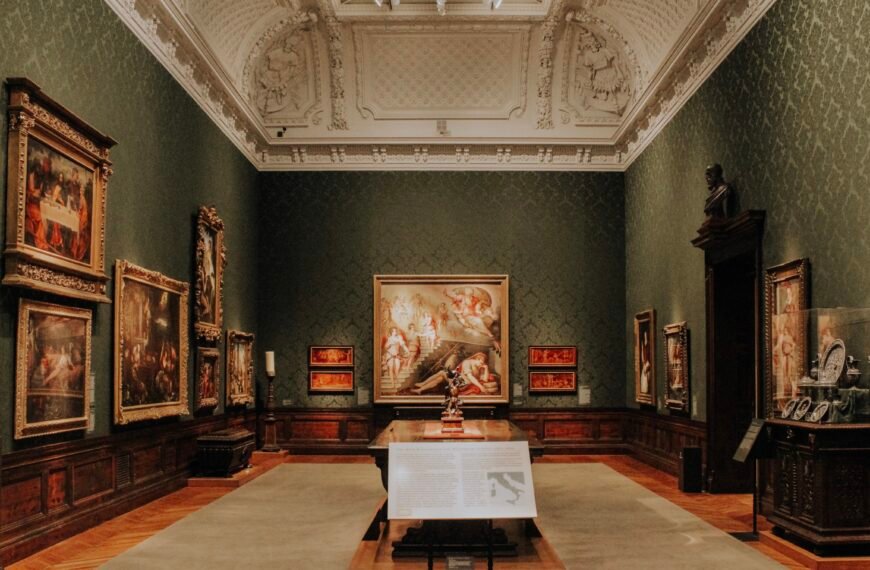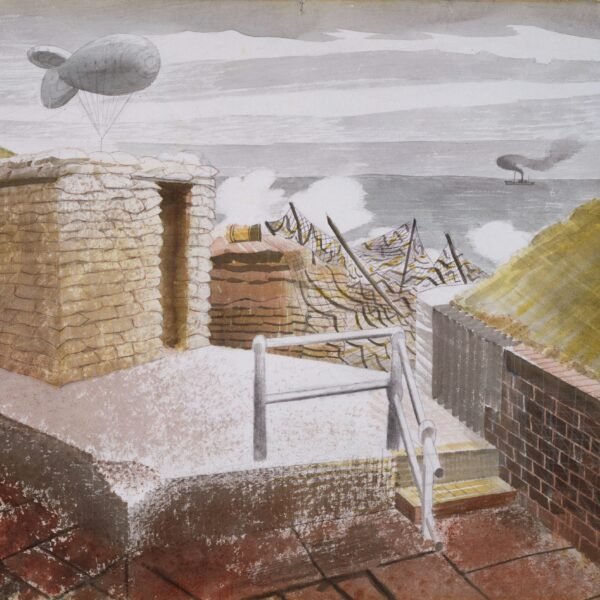Have you ever wondered where you can explore the rich history of the Civil Rights Movement in the United States? Look no further than the National Civil Rights Museum. This captivating museum, dedicated to preserving and honoring the struggle for civil rights, is nestled in a vibrant southern city. Step into its halls and immerse yourself in the powerful stories and significant events that shaped the nation. Discover the answer to the question that may have been lingering in your mind: which southern city is home to this iconic museum?

Overview
The National Civil Rights Museum is a renowned institution dedicated to educating and enlightening visitors about the history and significance of the Civil Rights Movement in the United States. Located in Memphis, Tennessee, this museum is situated at the site where Dr. Martin Luther King Jr. was assassinated on April 4, 1968. The museum offers a comprehensive and immersive experience, showcasing exhibits, collections, and key moments in civil rights history. Through preserving history, providing educational tools, and promoting equality and social justice, the National Civil Rights Museum serves as a powerful testament to the importance of the Civil Rights Movement.
Background
The Civil Rights Movement was a pivotal era in American history that aimed to secure equal rights for African Americans and bring an end to racial segregation. It was a time of immense courage, resilience, and determination as individuals and communities fought against systemic racism. The National Civil Rights Museum was established to honor this movement, helping future generations gain a deeper understanding of its impact and significance.
Importance of the National Civil Rights Museum
The National Civil Rights Museum holds tremendous importance in preserving the legacy and memory of the Civil Rights Movement. It stands as a symbol of resilience and a reminder of the hardships faced by those who fought for justice and equality. Through its exhibits and collections, the museum works to educate visitors about the struggles and triumphs of the movement, inspiring them to advocate for equality and social justice in their own lives.
History of the National Civil Rights Museum
Establishment
The National Civil Rights Museum was established in 1991, following the merging of the Lorraine Motel and the Young and Morrow Building. This merger created a comprehensive museum dedicated to the Civil Rights Movement. The museum’s establishment was a collaborative effort of civil rights activists, historians, and community members who recognized the need to preserve this crucial part of American history.
Transformation from Lorraine Motel
The Lorraine Motel, where Dr. Martin Luther King Jr. was tragically assassinated, became an integral part of the National Civil Rights Museum. The motel was purchased by the museum’s founders in 1982 and underwent extensive renovations to transform it into a space that would house exhibits and commemorate Dr. King’s legacy. This transformation preserved the historical significance of the Lorraine Motel while ensuring it would forever be a symbol of the Civil Rights Movement.
Renovation and Expansion
In recent years, the National Civil Rights Museum underwent a significant renovation and expansion project. Completed in 2014, this project added new spaces, updated exhibits, and enhanced the overall visitor experience. The renovation and expansion allowed the museum to continue its vital mission of educating and engaging visitors with the stories and experiences of the Civil Rights Movement.

Exhibits and Collections
The National Civil Rights Museum boasts an impressive array of exhibits and collections that tell the story of the Civil Rights Movement. These exhibits are designed to provide a comprehensive understanding of the movement’s history, its key players, and the impact it had on American society. The museum’s exhibits are divided between the Legacy Building and the Main Building, each offering different perspectives on the struggle for civil rights.
Legacy Building Exhibits
In the Legacy Building, visitors can explore a variety of exhibits that delve into different aspects of the Civil Rights Movement. From the “Slavery and Resistance” exhibit, which examines the origins of racial inequality, to the “I Am A Man” exhibit, which focuses on the Memphis Sanitation Workers’ Strike, these exhibits offer a holistic view of the movement’s history. Additionally, the Legacy Building features the “Wonders” exhibit, which celebrates the achievements of African Americans in various fields.
Main Building Exhibits
The Main Building of the National Civil Rights Museum houses several important exhibits that chronicle the events leading up to Dr. King’s assassination and the aftermath. One of the most significant exhibits is the room where Dr. King stayed at the Lorraine Motel, preserved to look as it did on the day of his assassination. By walking through this room, visitors can gain a profound sense of the tragic event that took place there and the impact it had on the nation.
Permanent Exhibits
The National Civil Rights Museum also features permanent exhibits that highlight key moments and figures in the Civil Rights Movement. These exhibits include the “Road to Freedom,” which traces the history of African Americans from slavery to the Civil Rights Movement, and the “Bus Boycott” exhibit, which explores the significance of the Montgomery Bus Boycott in challenging racial segregation.
Rotating Exhibits
In addition to the permanent exhibits, the National Civil Rights Museum hosts rotating exhibits that delve into specific topics or events related to the Civil Rights Movement. These exhibits provide an opportunity for visitors to engage with different aspects of the movement’s history and gain a broader understanding of the struggles faced by African Americans.
Key Moments in Civil Rights History
The Civil Rights Movement was marked by several key moments that played a pivotal role in advancing the cause of racial equality. Understanding these moments and their impact is crucial to grasping the significance of the movement and the subsequent progress made in American society. Some notable key moments include:
Montgomery Bus Boycott
The Montgomery Bus Boycott in 1955-1956 was a seminal event in the Civil Rights Movement. It was sparked by the arrest of Rosa Parks, an African American woman who refused to give up her seat on a Montgomery city bus to a white passenger. The boycott lasted for over a year and eventually led to a Supreme Court ruling declaring racial segregation on public buses unconstitutional.
March on Washington for Jobs and Freedom
The March on Washington for Jobs and Freedom in 1963 is perhaps one of the most iconic events of the Civil Rights Movement. It culminated in Martin Luther King Jr.’s famous “I Have a Dream” speech, where he declared his vision of racial harmony and equality. This event brought together over 200,000 people and served as a powerful demonstration of the movement’s strength and determination.
Birmingham Campaign
The Birmingham Campaign in 1963 was a coordinated series of protests and demonstrations against racial segregation in Birmingham, Alabama. Led by Dr. Martin Luther King Jr. and other civil rights activists, the campaign aimed to bring national attention to the brutality and injustice faced by African Americans in the South. The Birmingham Campaign is remembered for the violent response by local authorities, which ultimately heightened public support for the Civil Rights Movement.
Voting Rights Act of 1965
The Voting Rights Act of 1965 was a landmark piece of legislation that sought to overcome barriers to voting for African Americans. It was signed into law by President Lyndon B. Johnson and aimed to end discriminatory practices such as literacy tests and poll taxes. This act played a vital role in ensuring equal access to the ballot box and expanding the political power of African Americans.

Visiting the National Civil Rights Museum
If you’re interested in delving into the rich history of the Civil Rights Movement and experiencing the National Civil Rights Museum firsthand, here are some key details to consider:
Location and Address
The National Civil Rights Museum is located at 450 Mulberry Street, Memphis, Tennessee. It occupies the site of the Lorraine Motel, where Dr. Martin Luther King Jr. was assassinated.
Hours of Operation
The museum is open six days a week, closed only on Tuesdays. The general visiting hours are from 9:00 AM to 5:00 PM, with the last entry at 4:00 PM. However, it is advisable to check the official website or contact the museum directly for the most up-to-date information on operating hours and any temporary closures.
Admission Fees and Tickets
As of writing, admission fees for adults are $16, with discounted rates available for seniors, students, and children. Memberships and group rates are also available. It is recommended to book tickets in advance, especially during peak tourist seasons, to secure your preferred entry time and avoid long queues.
Visitor Amenities
The National Civil Rights Museum offers various amenities to enhance visitors’ experience. These include wheelchair accessibility, parking facilities, a museum store for souvenirs, and a dining area where you can relax and grab a bite to eat. The museum also provides guided tours and educational programs that offer in-depth insights into the Civil Rights Movement.
Community Engagement and Programs
The National Civil Rights Museum is deeply committed to engaging with the community and providing educational programs that further the understanding of the Civil Rights Movement. These initiatives aim to inspire and empower individuals to actively participate in the ongoing struggle for equality and social justice.
Educational Programs
The museum offers a range of educational programs designed for students of all ages. These programs, such as guided tours, workshops, and interactive exhibits, create opportunities for meaningful learning and dialogue about the Civil Rights Movement. By engaging with students, the museum fosters a deep understanding of the historical context and the importance of civil rights in contemporary society.
Public Events and Festivals
Throughout the year, the National Civil Rights Museum organizes and hosts various public events and festivals that celebrate the legacy of the Civil Rights Movement. These events feature guest speakers, performances, and discussions that encourage dialogue and reflection on the progress made and the work that still remains to be done in achieving true equality.
Civil Rights Movement Archive
The National Civil Rights Museum boasts a comprehensive Civil Rights Movement Archive, which serves as a valuable resource for researchers, historians, and those interested in studying this transformative period of American history. The archive houses a vast collection of primary source materials, including photographs, documents, oral histories, and personal artifacts, providing a rich and authentic glimpse into the movement.
Virtual Experience and Online Resources
For those unable to visit the National Civil Rights Museum in person, the museum offers a robust virtual experience and online resources that provide a taste of its exhibits and collections.
Virtual Tour
The museum offers a virtual tour that allows visitors to explore its exhibits from the comfort of their own homes. Through immersive technology and engaging narratives, this virtual tour brings the stories and experiences of the Civil Rights Movement to life, providing a unique way to connect with the museum’s mission and history.
Online Exhibits and Collections
The National Civil Rights Museum’s website features online exhibits and collections that provide a glimpse into the museum’s vast archives. These online resources include interactive exhibits, photographs, and audiovisual materials that capture the essence of the movement and its impact on American society.
Educational Resources
To support educators and students, the National Civil Rights Museum provides a wealth of educational resources that can be accessed online. These resources include lesson plans, historical documents, and multimedia content that facilitate classroom discussions and encourage critical thinking about the Civil Rights Movement.
Main Southern Cities
While the National Civil Rights Museum is situated in Memphis, Tennessee, it is worth exploring other southern cities that played a significant role in the Civil Rights Movement. These cities offer additional insights and historical landmarks that contribute to a more comprehensive understanding of the movement’s impact.
Memphis
Memphis, the city where the National Civil Rights Museum is located, was a crucial hub of the Civil Rights Movement. In addition to the museum, visitors can explore other landmarks, such as the Beale Street Historic District, which served as a gathering spot for activists, and Clayborn Temple, a site where important civil rights meetings and events were held.
Atlanta
Atlanta, Georgia, is known as the birthplace of Dr. Martin Luther King Jr. It is home to the Martin Luther King Jr. National Historic Site, which includes his childhood home, the Ebenezer Baptist Church where he preached, and The King Center, where his tomb is located. These sites offer a deeply personal and intimate look into the life and legacy of Dr. King.
Birmingham
Birmingham, Alabama, was the epicenter of the Civil Rights Movement in the early 1960s. The city’s historic sites, such as the Birmingham Civil Rights Institute and the 16th Street Baptist Church, provide valuable insights into the struggle for civil rights and the pivotal events that unfolded there.
New Orleans
New Orleans, Louisiana, has its own unique history intertwined with the Civil Rights Movement. Visitors can discover landmarks like the New Orleans African American Museum and the Dillard University, both of which played significant roles in educating and empowering African Americans during a time of racial inequality.
Montgomery
Montgomery, Alabama, served as a crucial backdrop to some of the most seminal moments in the Civil Rights Movement. Important landmarks in Montgomery include the Rosa Parks Museum, which honors the brave civil rights activist, and the Dexter Avenue King Memorial Baptist Church, where Dr. King served as a pastor and organized the Montgomery Bus Boycott.
Comparison with Other Civil Rights Museums
While each civil rights museum has its unique offerings, several other notable institutions in the United States also focus on educating visitors about the Civil Rights Movement.
National Museum of African American History and Culture
The National Museum of African American History and Culture in Washington, D.C., is a comprehensive museum dedicated to the African American experience, including the Civil Rights Movement. It features a vast collection of artifacts, exhibits, and multimedia presentations that cover the breadth and depth of African American history.
The International Civil Rights Center and Museum
Located in Greensboro, North Carolina, The International Civil Rights Center and Museum is housed in the historic Woolworth Building, where the first sit-in demonstrations occurred in 1960. The museum offers an immersive experience that explores the history and impact of the sit-in movement and the fight against racial discrimination.
Mississippi Civil Rights Museum
Situated in Jackson, Mississippi, the Mississippi Civil Rights Museum tells the story of the state’s civil rights struggles, from slavery to the present day. The museum’s exhibits provide a comprehensive and candid portrayal of the movement, illuminating the sacrifices made and the progress achieved.
Importance of the National Civil Rights Museum
The National Civil Rights Museum serves as a living testament to the importance of the Civil Rights Movement and its ongoing relevance in our society today. By preserving history, providing educational tools, and promoting equality and social justice, the museum plays a vital role in fostering understanding and inspiring future generations to advocate for a more just and equitable world. Through its exhibits, collections, and community engagement programs, the National Civil Rights Museum stands as a beacon of hope and a reminder of the power of collective action in the face of injustice.








